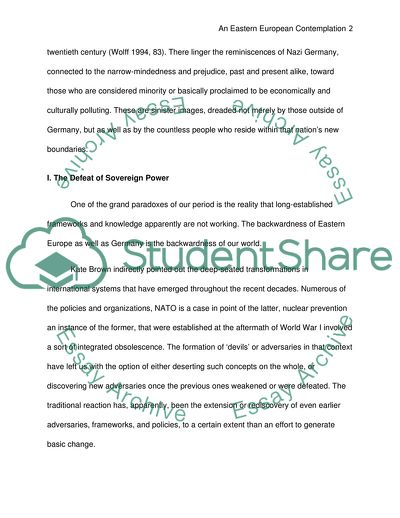Cite this document
(Eastern European Backwardness Coursework Example | Topics and Well Written Essays - 1750 words, n.d.)
Eastern European Backwardness Coursework Example | Topics and Well Written Essays - 1750 words. https://studentshare.org/politics/1721799-eastern-european-backwardness
Eastern European Backwardness Coursework Example | Topics and Well Written Essays - 1750 words. https://studentshare.org/politics/1721799-eastern-european-backwardness
(Eastern European Backwardness Coursework Example | Topics and Well Written Essays - 1750 Words)
Eastern European Backwardness Coursework Example | Topics and Well Written Essays - 1750 Words. https://studentshare.org/politics/1721799-eastern-european-backwardness.
Eastern European Backwardness Coursework Example | Topics and Well Written Essays - 1750 Words. https://studentshare.org/politics/1721799-eastern-european-backwardness.
“Eastern European Backwardness Coursework Example | Topics and Well Written Essays - 1750 Words”. https://studentshare.org/politics/1721799-eastern-european-backwardness.


